A Review of Zeitgeist, The Movie Part I
July 13, 2007, Wausau, Wi — Recently, a friend asked me to check out a web site that was asking for help addressing some of the claims made in an anti-Christian movie posted on the web. After watching the first part of Zeitgeist, The Movie the first thing that struck me, besides the obvious errors, was how dated the movie was. Its main argument stems from pointing out parallels between Christian beliefs and other belief systems with the conclusion, implied or blatant that there must therefore be a link. Such reasoning was popular among skeptics in the first half of the 20th century and earlier, but as more serious work was done, such argument were discarded, particularly after Samuel Sandmel’s article Parallelamania in the 1960s.
The main flaw in such arguments is that they are selective and thus superficial. They are selective in that they take only those things that match, and ignore differences. This leads them to be superficial in that the mere appearance of a parallel however weak is taken as a parallel. The net result is that you can find meaning and significance where it does not exist. For example, consider the parallels that have been noted between the assassinations of Lincoln and Kennedy. The problem scholars found is that the more they looked for parallels the more they found them, even between things that clearly did not have any links. Thus scholars long ago concluded that such parallels were pretty much meaningless.
However a more serious problem occurs with the films choice of parallels. Most of the first part of the film is linked in one way or another to Jesus being born on December 25th and how this links in with winter solstice celebrations. The problem is that one thing pretty much all scholars agree on, skeptical and believers alike, is that Jesus was not born on December 25th. The NT describes the shepherds in the fields with their sheep at the time of Jesus’ birth (Luke 2:8) which would have been highly unlikely on December 25, and points more to the spring. The reason we celebrate December 25th is because a couple of centuries after the birth of Christ the church set that date deliberately to replace the Winter solstice celebrations, so of course there is a parallel to the winter solstice, but not for the reasons implied in the film. With this fact alone most of the first half of this part of the film falls apart.
Another problematic parallel is the movies’ claim that the cross is actually an astrological cross, symbolic of the zodiac. While again there may be a parallel here it is hardly meaningful, and in fact goes straight to the heart of the problem with such reasoning. What the movie ignores is that there is a very good reason Christians use the symbol of the cross and it has nothing at all to do with astrology. Christians refer to the cross because Jesus was crucified on a cross. In short, the cross is a factor in Christianity because it was used in a Roman method of execution, not because of any astrological meaning. Very much the same thing can be said about the movies claim that the crown of thorns represents sun rays.
But even some of the movies parallels don’t quite work out. The movie tries to make the claim that the Bible is really an astrological text and the biblical term “age” refers to the astrological ages such as Tarsus, Aries, Pisces, and Aquarius. The movie makes a point that Jesus was born at just about the time of the beginning of the Age of Pisces (1 AD – 2150 AD). But it also claims that Moses “represents the new age of Aries” and that the reason he broke the tables was because the Jews were worshiping a bull, the symbol of Taurus the previous age. They were in the age of Aries and that is why Jews blow the rams horn.
The idea that Jews use the rams horn because they raised sheep and the horn could be made into a instrument is not really considered. But a more serious problem is that the movie lists the Age of Aries as 2150BC to 1 AD. But even the earliest dates given by scholars for the Exodus, the mid 15th century BC, is over 650 years after the age began. But no problem Moses was in the age and that is close enough.
Similar problems arise with the claim that Jesus represents the sign of Pisces whose symbol is 2 fish. Predictably the movie points to the miracle of the feeding of the 5000 thousand. Yet interestingly while they show the text “we only have five loaves of bread and 2 Fish – Matt 14:17” the narrator says “Jesus feeds five thousand people with bread and two fish.” Note the number of loaves of bread is not mentioned by the narrator, while in the text five is spelled out, but not two. Why? The simple reason is that the fish make the parallel they seek, while the bread does not. Wouldn’t a better explanation for the two fish be that, fish were a common food source for that area and in fact if someone would have food, it probably would have been bread and fish?
Similarly the movie claims that people do not know what the fish symbol on their cars is actually “pagan astrological symbolism for the sun kingdom during the sign of Pisces.” Of course the real explanation does not fit their parallel, and so is ignored. Early Christians adopted the fish symbol, not for any astrological meaning, but because the Greek word for Fish, IXTHUS, is an acronym for Greek words “Jesus Christ God’s Son Savior.”
More next time.
This is Elgin Hushbeck, asking you to Consider Christianity: a Faith Based on Fact.
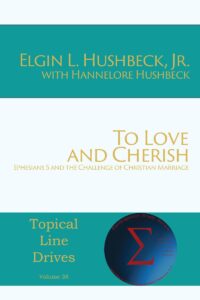
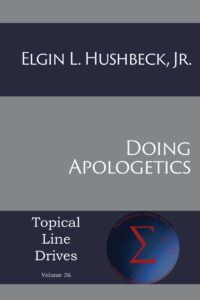
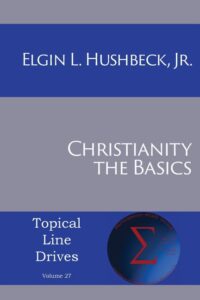
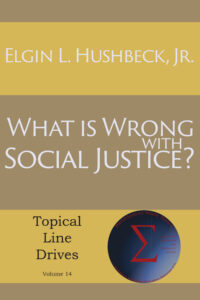
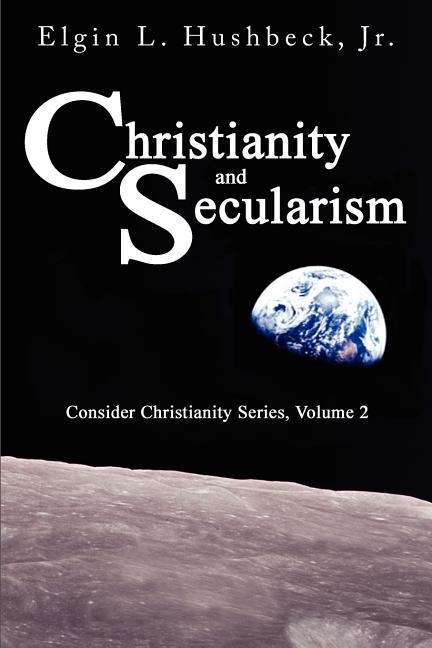
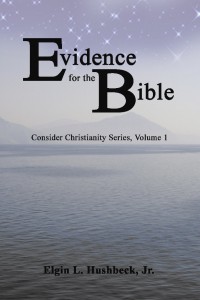
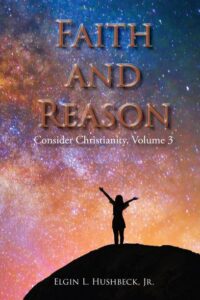
November 14th, 2009 at 9:38 pm
I just wanted to leave a comment and let you know how much i enjoyed reading your blog entries. You are an insightful person. Please keep me informed of anything major your writing in the future. Thanks Jim